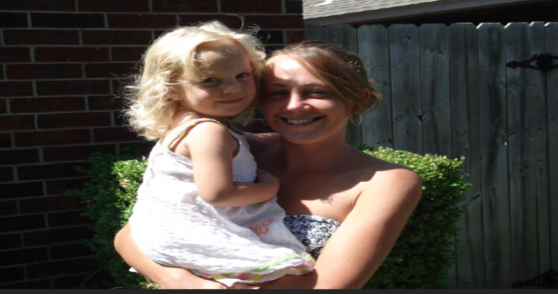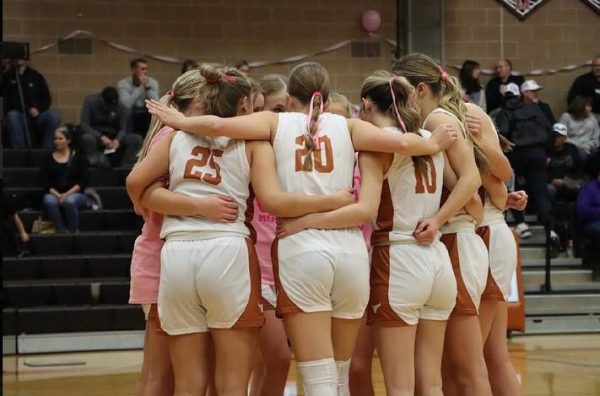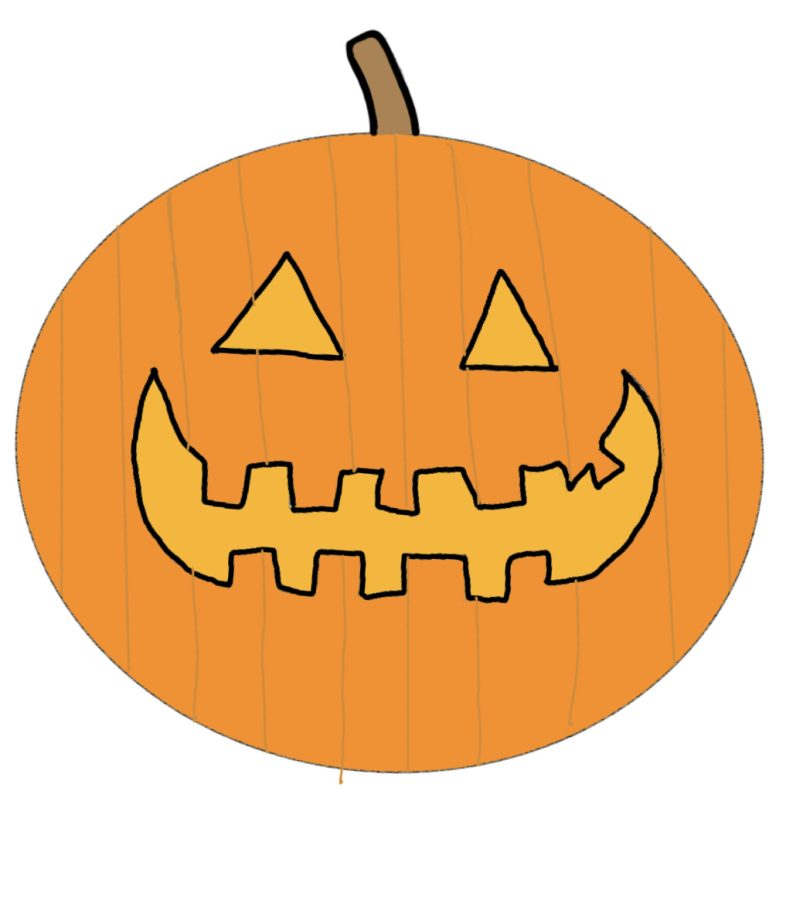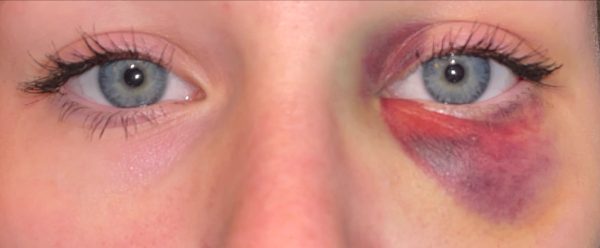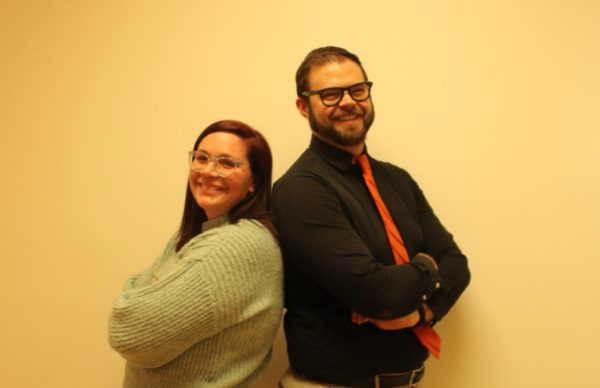Halloween has unique historical roots
As Halloween arrives, it’s important to note how this spooky holiday gained its reputation and unique celebration
Just like Samhain, Halloween is observed on October 31st. Samhain believed this was the day the worlds of the dead and the living converged.
Halloween — a holiday with a unique twist. Instead of warming up alongside a chestnut fire or confessing your feelings to a lover, you’re instead running for your life in a corn maze, followed by a man with a bloody chainsaw aggressively chasing you down and screaming that he’s gonna kill you.
Doesn’t exactly spark a warm and fuzzy feeling, right?
Halloween wasn’t always full of haunted houses, abandoned corn mazes, and an excessive amount of candy (though, that is more of a perk). It was instead a tradition of scaring and warding off the dead, not the dead scaring and warding off you.
Halloween was originally an ancient Celtic holiday called Samhain (SAH-win), which marked the end of summer, the harvest season, and embraced the beginning of winter. The Celts thought of winter as a time linked with death. They believed that on October 31, the night of their new year, the worlds of the dead and living would blur together, allowing ghosts, demons, and dark fairies to make a return to the earth once more. As unsettling as the presence of dark spirits may be, the Celts believed that the blurring of both the dead and undead worlds would allow Druids, Celtic priests, to have an easier time unlocking prophecies about the future. They relied heavily on prophecies to find comfort and predictions for the oncoming winter.
Druids built large bonfires that they would light in honor of the holiday. They’d dress up in costumes mostly constructed of animal heads and skins. They would then dance around the fire hoping for good fortune to come their way, while also tricking evil spirits to perceive them as beasts or animals. In order to please their deities, the Celts would perform sacrifices of crops and animals in return for protection during the two to three day blurring period. To maintain peace with mischievous spirits, offerings were additionally left out. People would also play tricks on one another and pin the blame on fairies and spirits who were free due to the blurring. When the celebration was over, they’d light the fire to symbolize cleansing and protection.
The ancient Romans soon took on the holiday and converted it to fit Christian views. Instead of using the holiday to honor Druids, they used it to honor saints and martyrs. They replaced the name from Samhain to All Saints Day, or Hallowmas, and moved the celebration day to November 1st instead of May 13, the original observed day of celebration. All Saints Day closely mirrors Samhain because the honoring of martyrs and saints are similar to the passing of ghosts, demons, and fairies. All Saints Day continued with similar celebration tactics; bonfires, costumes, feasts, sacrifices, and offerings were still major parts of the celebration.
As civilizations grew and the world expanded, the ancient Celtic holiday soon evolved into what we now know as Halloween. Halloween is now more of a holiday that supplies adrenaline junkies and candy addicts the highs they crave. It’s no longer about celebrating the end of summer or the traditions of the church. Instead of prophecies that determine our demise or survival for an unforgiving winter, we instead celebrate by sharing frightening stories that slip into our subconsciousness dressed as nightmares, or dreams that spark our excitement for next year.
While Halloween is well known nationally and internationally, it’s important to commemorate its origins and its evolution. The ancient Celts and their celebration of Samhain are the reason why we have a holiday that accepts everything from satisfying our cravings for being in a real life horror movie to dressing up as our favorite heroes, villains, and characters. Halloween might not fit the criteria of what we envision the word “holiday” as, but it has proven to connect those of all ages with one delicious treat and one borderline heart attack inducing scare.
Your donation will support the student journalists of Mead High School. Your contribution will allow us to purchase equipment and cover our annual website hosting costs.
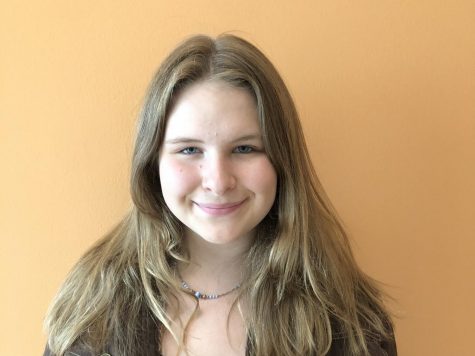
Melia is a senior. She enjoys reading, writing, and listening to music. This is her third year in Journalism. She’s excited to watch her skills grow throughout the school year and see where her writing takes her.

Blake Kline is a senior. He enjoys skateboarding and hanging out with friends. He is looking forward to bettering his skills in graphic design skills this year on The Mav.


